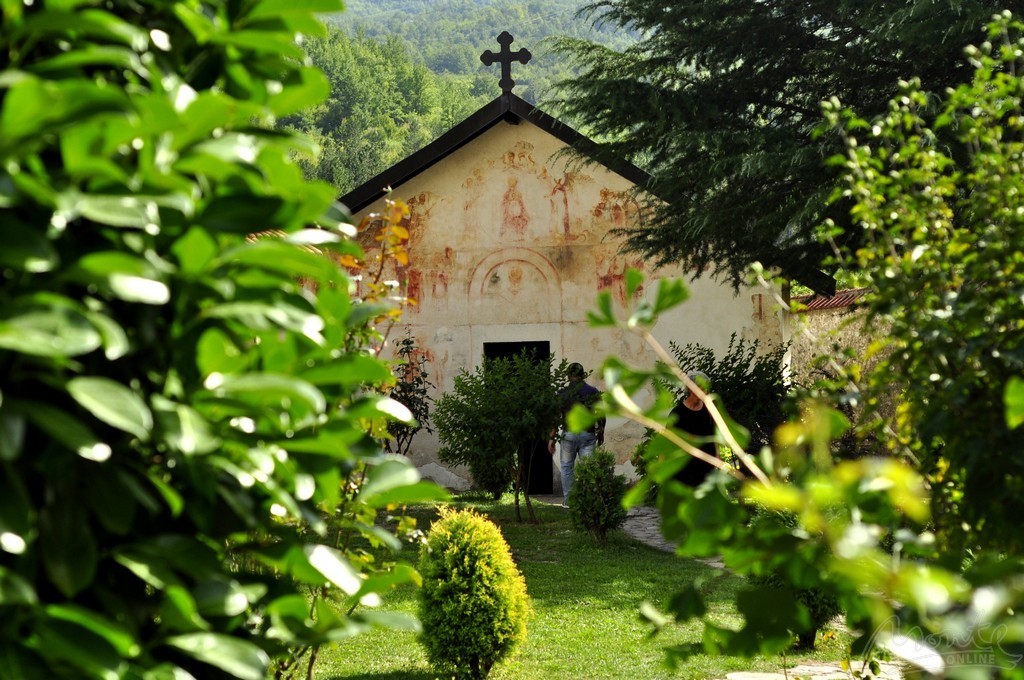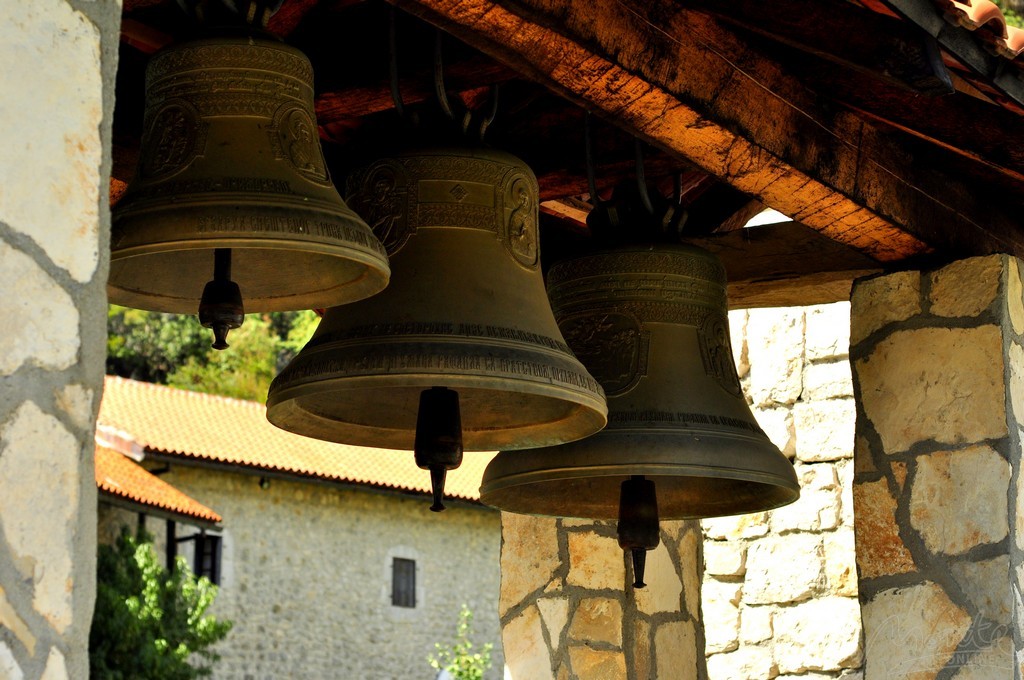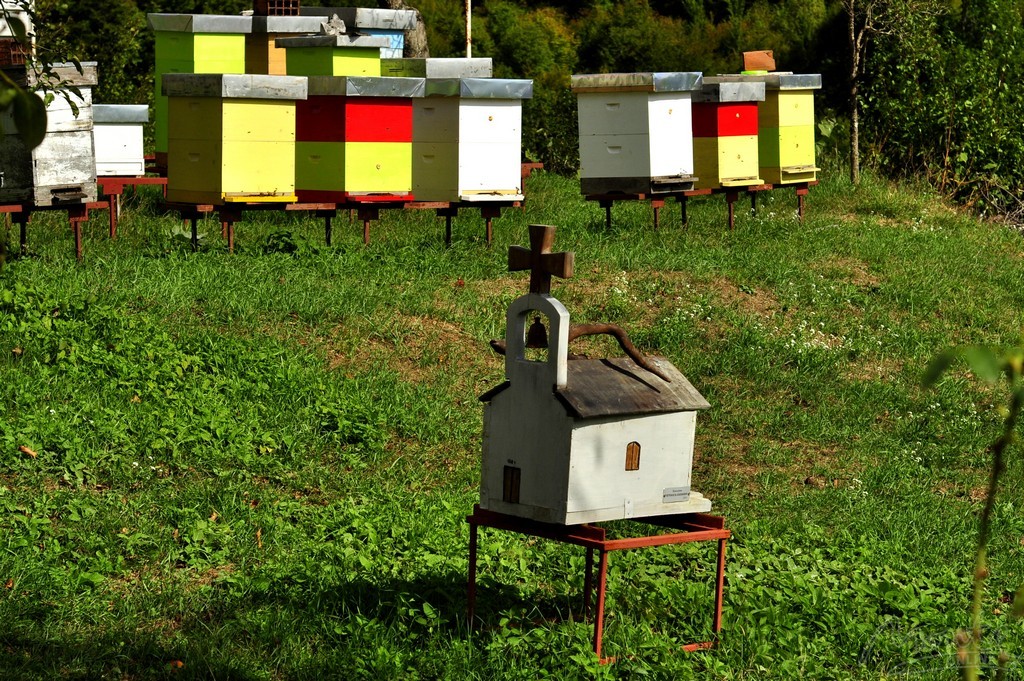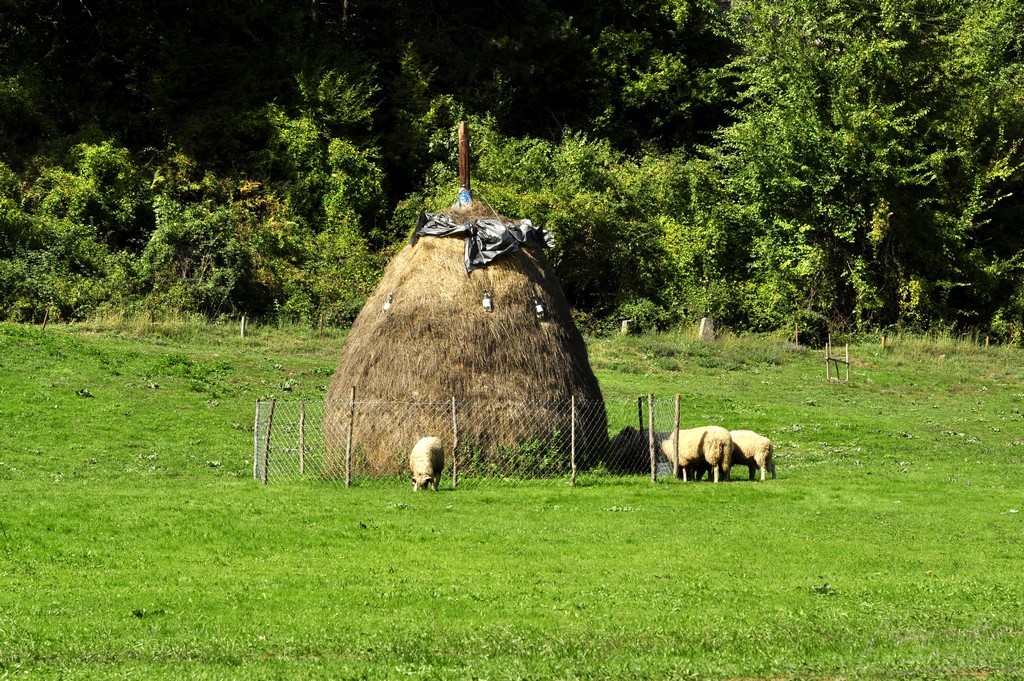Orthodox Moraca monastery, Montenegro is located on the high bank of the Moraca mountain river of the same name, which forms the famous Moraca canyon, in some places reaching a height of 1000 meters. The famous monastery complex is a significant monument of medieval architecture and consists of a large Churches of the Assumption of Our Lady, small Churches of St. Nicholas, buildings with monastic cells and a rich subsidiary farm (you will see an apiary, sheep herds, and turkeys with ducks) - all this against the backdrop of the serene murmur of a mountain river, which swiftly carries its emerald waters somewhere below.
Already the road to the Moraca Monastery deserves mention, the town serves as a guide Kolasin (in winter, a popular ski resort), from which the monastery is within walking distance highway E80 (if you are driving from the coast, then your route will lie through Podgorica, and from Podgorica, follow the signs for Kolasin along the Moraca River). The road runs along the Moraca canyon, and along the way you will have to make more than one stop to capture the dizzying views on the camera. Soon you will see the black domes of the Church of the Assumption of Our Lady - the central building inside the monastery complex - the Moraca monastery is clearly visible from the road, and when you get closer, you will see a cluster of tourist buses, meaning that you have arrived at the right place 🙂 There are also brown signs on the road to Manastir Moraca.

The monastery is located on a beautiful green lawn in a small valley above the canyon - perhaps the first you will be met by sheep grazing peacefully in the courtyard.
Годом основания монастыря считается 1252 год, а его создателем – князь Стефан, внук короля Сербии Стефана Неманя. Церковь Успения Богоматери построена в так называемом «рашском стиле» (XII-XIII вв) и заметно отличается от церквей, которые можно видеть на побережье Черногории. Несмотря на кажущуюся простоту форм и внешнего декора, эта церковь имеет ценное внутренне убранство – внутри она украшена древней фресковой росписью, наиболее старые из сохранившихся фресок изображают эпизоды из жизни библейского пророка Илии (XIII в), остальные фрески являются более поздними (XVI в) и изображают в числе прочего сцены последнего суда. В XVI в. монастырь Морача подвергся нашествию и сильному разрушению турками. На территории монастыря хранятся мощи основателя монастыря Стефана. Вторая – небольшая – Церковь Святого Николая относится к 1635 году и может похвастаться фресковой росписью, выполненной известным мастером Козьмой.



The monastery complex has a well-groomed garden and courtyard, decorated with flowers and shrubs, where visitors to the monastery can sit on a bench and enjoy the view of ancient buildings. Outside the walls of the monastery there is a small cafe where you can quench your thirst and take a breath under the shade of a canopy on hot summer days. The auxiliary farm of the monastery is interesting - not in every zoo a city dweller can see rare breeds of feathered poultry, turkeys, ducks, geese, chickens, etc. Obviously, the monastery is self-sufficient and would have done without the benefits of modern civilization - the monks have a garden, pastures, an apiary, breed chickens and sheep, grow grapes.









